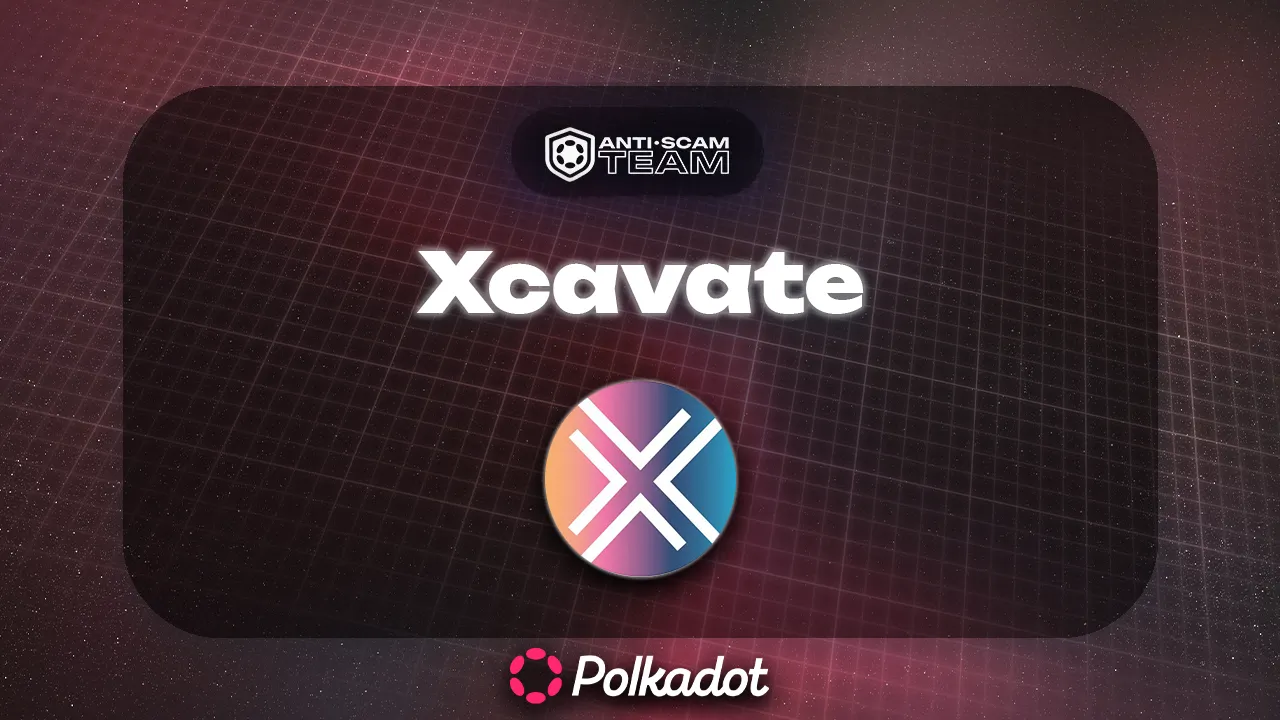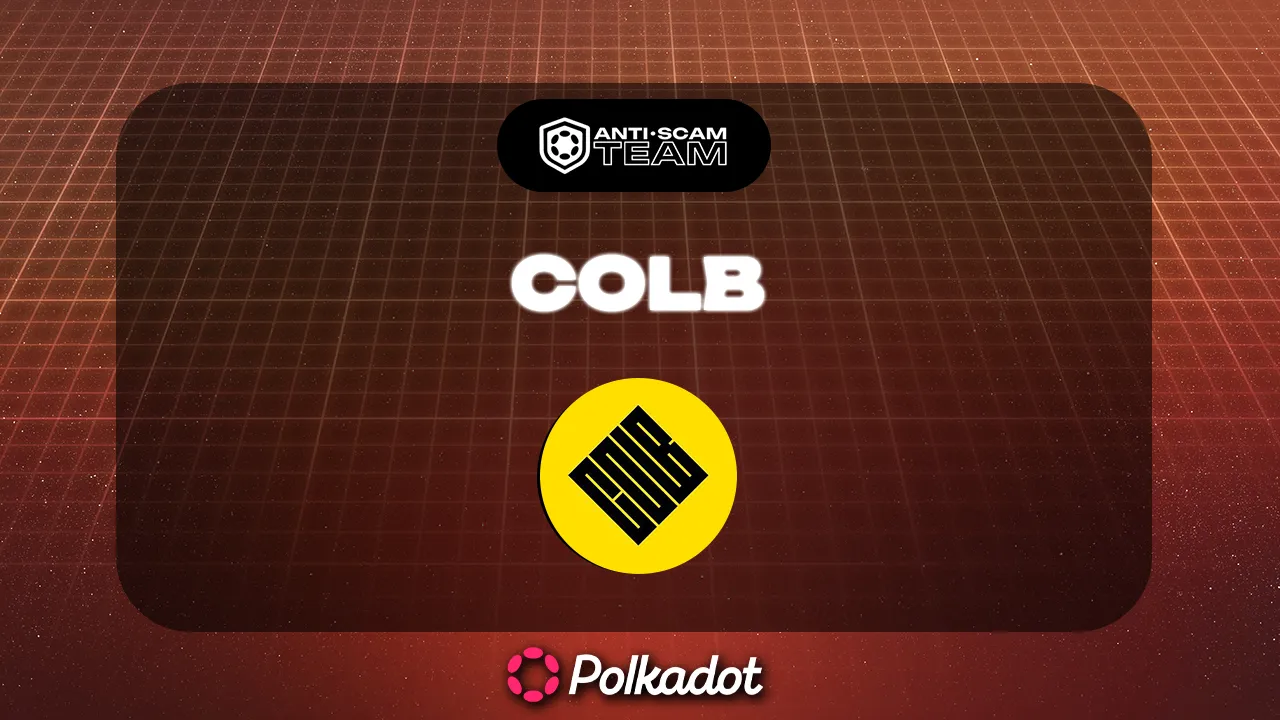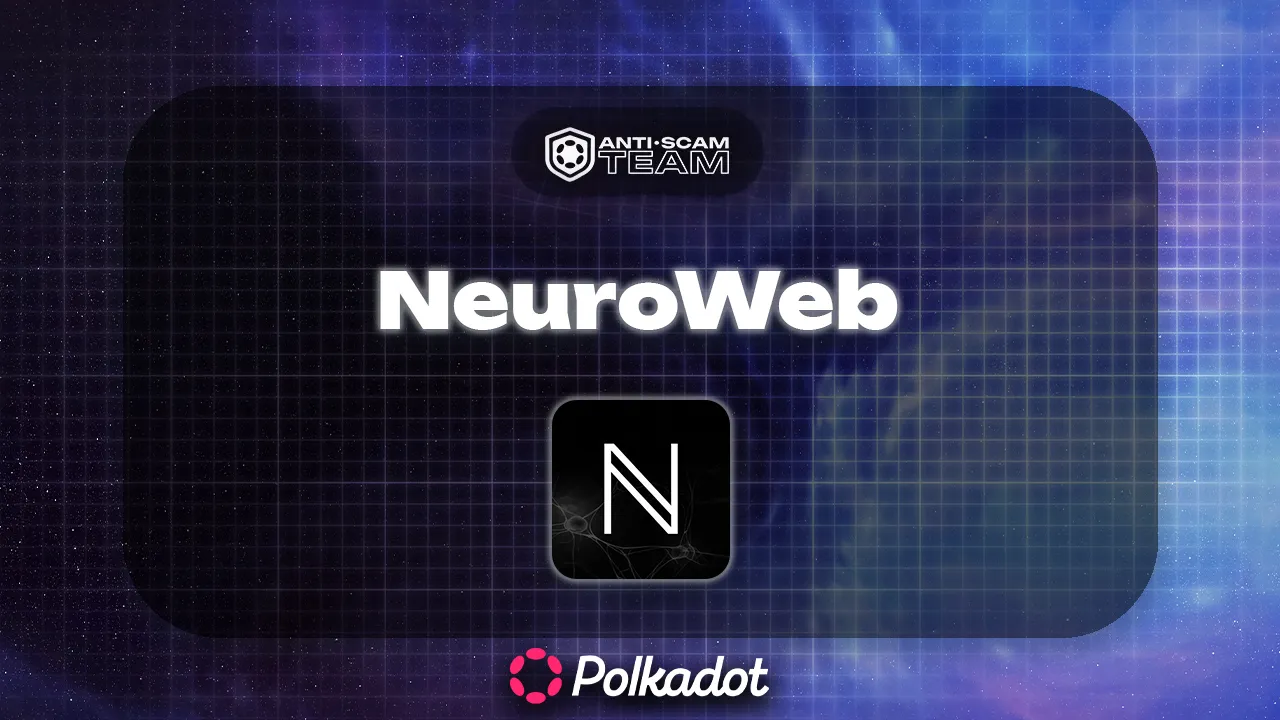Xcavate Project Overview
Xcavate is a decentralized finance (DeFi) protocol built on the Polkadot network. It offers a secure and scalable platform for global real estate investment by enabling fractional ownership through blockchain technology, cutting out traditional intermediaries and automating transactions with smart contracts. The platform aims to revolutionize real estate investment by using Web3 technology, making property investment accessible to a wider audience.
Team Composition and Transparency
The Xcavate team consists of experienced professionals with diverse backgrounds in business, blockchain development, and software engineering. Key members include Alex Ward (Co-Founder/COO), who brings over 22 years of real estate industry experience, and Richard Houldsworth (Co-Founder/CTO), with a background in large-scale infrastructure projects. Other notable team members are blockchain developers Connor Campbell, Rene Hürter, and Ganesh Oli, who bring expertise in Rust, Substrate, and smart contract development. While the team has significant technical and business experience, there are concerns about the lack of direct experience in real estate technology and the absence of high-profile advisors.
GitHub and Code Quality
Xcavate’s GitHub repositories are public, with 33 active repositories showcasing ongoing development efforts. The project employs modern programming languages such as Rust, TypeScript, and JavaScript, which are standard in the blockchain space. Regular commits, particularly in the “apps-xcavate” repository, indicate an active and committed development team. However, the project has limited visibility, with only seven followers on GitHub, suggesting that it is still relatively unknown in the open-source community.
Social Media and Community Engagement
Xcavate’s social media presence shows moderate activity. It has over 3,000 followers on X (formerly Twitter), with some engagement on posts, but interaction levels suggest limited user investment. The project’s Discord community appears more promising, with over 1,000 members and active responses from administrators. However, the absence of official Telegram and Reddit channels, coupled with the lack of a scam-report channel, presents risks to community security. The project’s YouTube channel is less developed, with minimal followers and low video views.
Business Model and Risk Factors
Xcavate eliminates traditional intermediaries in real estate, reducing costs and streamlining transactions through smart contracts, digital identity, and decentralized applications. The platform facilitates fractional ownership of real estate assets, making investments accessible to average individuals. It incorporates environmental incentives by rewarding eco-friendly developments with better loan terms. While the business model addresses significant market pain points, long-term financial planning, adoption rates, and regulatory compliance remain critical factors for sustainability. The absence of geographic restrictions offers growth potential, but the niche nature of tokenized real estate presents unique risks.
Conclusion and Rating
Xcavate demonstrates strong potential with a well-defined business model and a capable team. The project’s social media activity and GitHub contributions indicate a commitment to growth, though improvements in transparency and community security are needed. With a rating of four out of five stars, potential investors are encouraged to closely monitor Xcavate’s progress, especially in enhancing transparency and engagement. As always, conducting thorough due diligence is advised.




